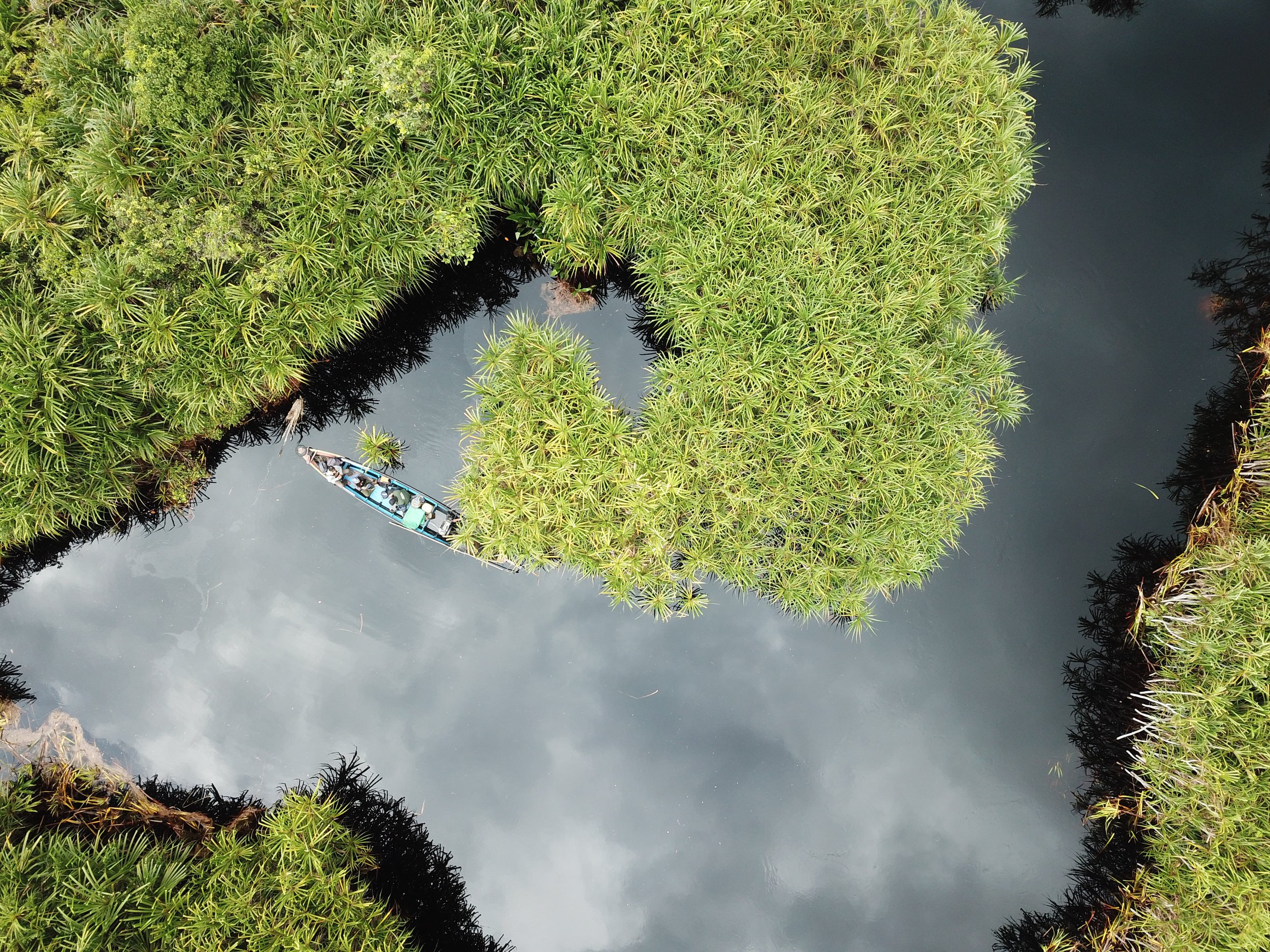We often say that orangutans reside in tropical, ‘peat swamp forest’, but what exactly is this… and why is it one of the most important habitats on earth?
Peat swamp forests support many unique species not found anywhere else on earth - but less known is the monumental role of their soils in climate change mitigation. Working silently to preserve our planet on a local and global scale, it is time to give peat swamps, our ‘conservation allies’, the recognition they deserve.
Peat swamp forest of Lamandau Wildlife Reserve, Indonesian Borneo
What are tropical peat swamp forests?
‘Peat’ refers to soil formed from layers of partially decayed plant matter. In tropical regions such as the peat swamp forests of Indonesian Borneo, these layers develop due to the hot and humid local conditions. The high moisture levels in the air leads to water retention in the soil, which over time becomes waterlogged.
Waterlogged soil decomposes plant matter, such as leaves, flowers, or branches, at a much slower rate than drier soil. This is because water seeps into gaps within the soil which would other wise be filled with oxygen. With less oxygen present, the decomposition process is restricted and occurs at a slower rate. As a result, layers of soil and partially decomposed plant matter start to build-up, because they aren’t being fully-decomposed before new plant material enters the soil.
These layers of partially decayed vegetation essentially act as a sponge, retaining even more water over time. What you are left with is a continuous, gradual accumulation of namely ‘peat’ layers. These may even develop into mounds protruding from the earth, if left undisturbed for long enough.
Bornean orangutan in a peat swamp forest
Why are peat swamps important?
1. Peat swamps support unique and endangered biodiversity
Peat swamp soils have a reduced nutrient content, meaning that a smaller range of species can be supported. However, those that do reside in these habitats are extremely unique, with many - such as the orangutan - not found in any other habitat else on earth. In Borneo, this includes species that are endemic to the island, such as the Bay cat, the silver langur, and an estimated 80 fish species. These species have co-evolved with this habitat over time, adopting specific adaptations to enable them to survive here.
Three endangered species found in Borneo’s forests: Clouded leopards, tarsiers, and the Slow loris
2. Support local communities
Historically, peat swamps have also provided ecosystem services to indigenous communities in the form of non-timber vegetation, fishing, and hunting. The soil composition also makes the habitat resistant to flooding and drought; it absorbs water in the wet season and retains water in the dry season.
Local fisherman, Lamandau Wildlife Reserve, Indonesian Borneo
As a result peat swamps forests are less susceptible to the effects of extreme weather, particularly useful in mitigating the unpredictable environmental conditions posed by a changing climate. When peat swamps are drained and destroyed - largely to clear land for agriculture or humanisation - these ecosystem services are lost.
3. Provide global ecosystem services
Peat swamps are considered the world’s most important natural ‘carbon sink’; they are the most efficient, naturally-occurring habitat when it comes to storing carbon - a major greenhouse gas. Aside from the carbon-sequestering capacity of trees, it is estimated that 90% of this carbon is stored underground in the peat itself.
Peat swamp forest, Lamandau Wildlife Reserve, Indonesian Borneo
Climate change is accelerated by the presence of greenhouse gases in our atmosphere, particularly carbon dioxide. By harnessing this carbon, peat swamps - particularly their soils - play a critical role in mitigating global climate change. It is estimated that peatlands store one-third of the planets carbon.
Globally, an estimated 80% of peat swamps have already been destroyed, with the quality of those remaining impeded by continued habitat fragmentation, unsustainable agriculture and logging, and forest fires. Southeast Asia - where Indonesian Borneo and hence Orangutan Foundation are based - is estimated to host half of the world’s remaining tropical peat swamp forests.
What can we do?
Keeping peat swamps intact opens the potential for them to be re-flooded and eventually regenerated if managed correctly. This not only benefits the plethora of wildlife found in remaining peat swamp refuges, but it preserves the monumental ecosystem services of these habitats.
As we actively work to protect the home of orangutans, we are conserving tropical peat swamp forest too. Together, we have the opportunity to ensure that habitat protection efforts prevent any further loss of this critical ecosystem. By supporting Orangutan Foundation, you are ensuring that we can continue our programmes, which include:
Launching forest and river patrols to deter illegal activity, including logging and mining
Maintaining fire-fighting equipment, allowing our field staff to launch rapid responses to burning forest fires
Supporting our sapling nurseries to replant and restore degraded forest
Let us protect remaining peat swamp forests and preserve their carbon sequestering capacities for the future of orangutans, forests, and people.
One of our guard posts (Lamandau Wildlife Reserve) used to monitor local activity and prevent illegal encroachment









